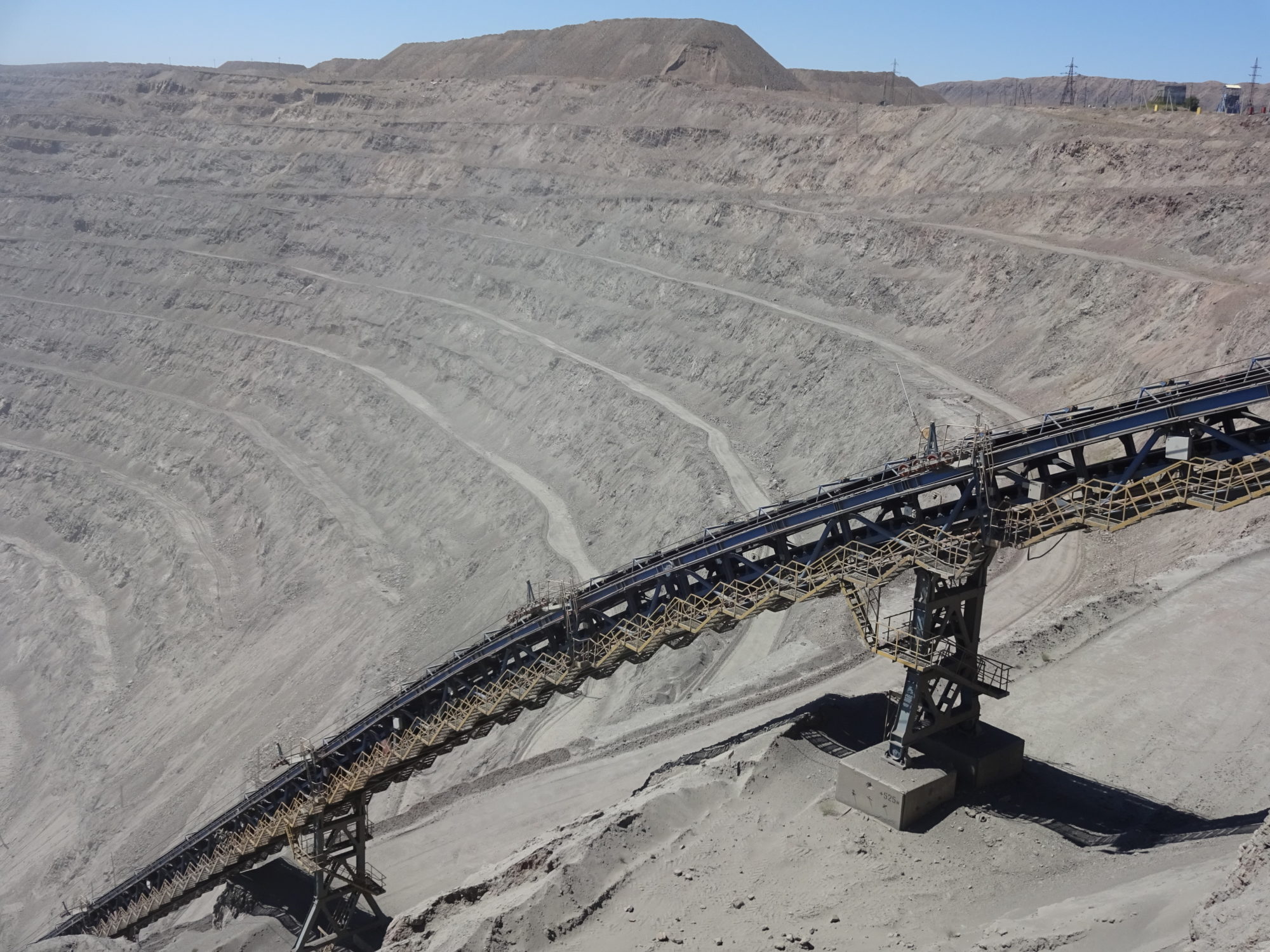On 30 May 2022, Uzbekistan’s Joint Stock Company (JSC) Navoi Mining and Metallurgical Company (NMMC) issued its first full set of IFRS financial statements for the years ended 31 December 2021 and 2020 for the first time in its history. The financial statements have been audited by Deloitte, and the auditor’s report with an unmodified opinion was issued on 30 March 2022. Also, for the first time in its history NMMC prepared the management report to summarise and present operational results for 2020 and 2021. This management report provides additional information and management’s comments in respect of the IFRS financial statements.
And for the first time, its mine production is outlined in some detail including its mine throughput and gold production – confirming its position as one of the world’s largest gold miners – in 2021 it produced 2.664 Moz (up 4% from 2020) – from which the largest share comes from one operation – Muruntau, part of the GMZ-2 complex – at 1.619 Moz, arguably the largest single gold producing pit worldwide consisting of one large pit with a small directly adjacent Mutinbay (aka Myutenbai), which will soon combine into one large pit as production progresses. NMMC revenue in 2021 was $4.795 billion and operating profit $2.693 billion. When Muruntau heap leach is added, it produced 1.755 Moz. Previously it was thought Muruntau alone produced over 2 Moz a year but this is still an impressive figure.
Total company ore mined was 51.8 Mt (total ore processed which includes stockpiled ore was 87.9 Mt) at an average grade of 1.15 g/t and an 83.2% recovery rate. Rock moved was 244.2 Mm3. For GMZ-2 alone it was 109.6 Mm3 moved, 35.3 Mt ore mined and 48.2 Mt of ore processed at an average grade of 1.19 g/t.
IM visited Muruntau in 2016 and saw the unique 37 degree angle, 3 km high angle conveyor at the mine. NKMZ in Ukraine worked with NMMC to design and deliver the KHK-270 conveyor which has a capacity of 3,500 t/h or 2,000 m3/y (16 Mt/y) with ore crushed in a ДШ3-1300/300 sizer which was built by NMMC. The HAC has an angle of 37°, well in excess of existing high angle conveyors in other mines around the world.
Muruntau’s production was followed by GMZ-3 (Kokpatas and Daugztau open pits) at 400,00 oz; and then GMZ-4 (Zarmitan underground mine, Urtalik open pit and underground, plus Gzhumsai underground) at 197,000 oz and finally heap leach operations at 262,000 oz (which includes Muruntau heap leach of 136,000 oz and tailings heap leach at GMZ-7 for 126,000 oz).
During 2020 and 2021, the company says ut has consistently pursued production increases at the GMZ–2 production hub. A project aimed on the increase in the ore mining rate at the Muruntau and Mutinbay open pit mines was launched in 2018 with the primary objective to provide consistent and highest geologically possible ore feed to the factory through the launch of the mining process at a new pit shell.
It adds: “Currently, the largest gold mine in the world is in transition phase from the 4th to the 5th pit shell stage, with the planned increase of the rock mass mining rate from 78.5 Mm3 in 2019 up to 150 Mm3 in 2023. Due to purchase of the additional mine fleet and construction of necessary infrastructure, the company has already increased the rock mass mining rate to 96 Mm3 in 2020 and 110 Mm3 in 2022. In order to accommodate the increased mining rate at the Muruntau and Mutinbay open pits, processing capacity of the GMZ–2 production facility was increased through the construction of an additional ore intake unit, a grinding line, gravitation and concentration facilities coupled with construction of an additional electric grid, water intake and tailings storage facilities. Following these measures, processing capacity of the GMZ–2 factory was increased from the 40.5 Mt of ore in 2019, up to 44.5 Mt of ore in 2020, 48.6 Mt of ore in 2021 with the expected target of 50 Mt of ore in 2022.”











